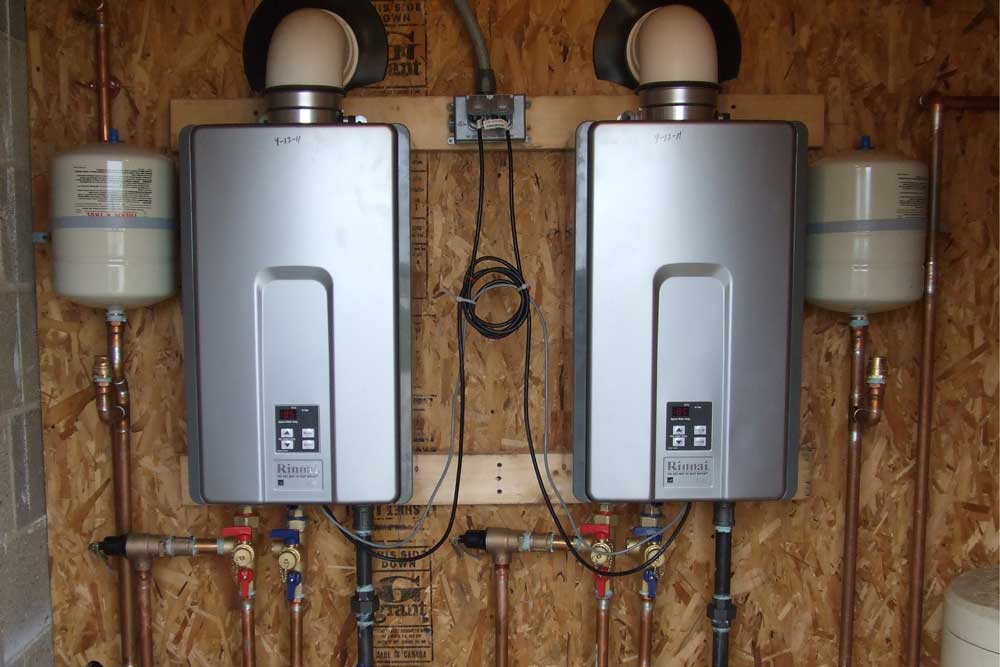Tips on How to Maintain Your Home's Hot Water System Functioning WellExpert Guidance on Caring for Your Home's Hot Water System
Tips on How to Maintain Your Home's Hot Water System Functioning WellExpert Guidance on Caring for Your Home's Hot Water System
Blog Article
Have you been hunting for info involving What Kind of Maintenance Do Water Heaters Need??

Hot water is crucial for everyday convenience, whether it's for a refreshing shower or washing meals. To guarantee your warm water system runs successfully and lasts longer, routine upkeep is key. This post gives practical tips and insights on just how to keep your home's warm water system to avoid interruptions and pricey repairs.
Introduction
Keeping your home's warm water system might seem complicated, but with a few easy steps, you can guarantee it runs efficiently for years to find. This overview covers whatever from recognizing your hot water system to DIY maintenance ideas and recognizing when to call in professional assistance.
Value of Keeping Your Warm Water System
Normal maintenance not only extends the life expectancy of your warm water system yet additionally guarantees it runs efficiently. Neglecting upkeep can lead to decreased efficiency, higher energy costs, and also early failing of the system.
Indicators Your Warm Water System Demands Upkeep
Recognizing when your warm water system requires focus can prevent major issues. Look out for signs such as inconsistent water temperature, strange sounds from the heating system, or corroded water.
Understanding Your Hot Water System
Before diving into upkeep jobs, it's handy to comprehend the fundamental elements of your hot water system. Usually, this includes the water heater itself, pipelines, anode poles, and temperature level controls.
Regular Monthly Maintenance Tasks
Routine monthly checks can help catch small concerns prior to they intensify.
Flushing the Water Heater
Purging your water heater gets rid of debris accumulation, enhancing effectiveness and prolonging its life.
Checking and Changing Anode Rods
Anode poles avoid rust inside the container. Checking and changing them when worn out is critical.
Checking and Changing Temperature Settings
Readjusting the temperature level settings ensures optimum efficiency and security.
DIY Tips for Upkeep
You can do several maintenance jobs yourself to keep your warm water system in top condition.
Looking for Leakages
Routinely inspect pipelines and connections for leakages, as these can result in water damages and greater bills.
Examining Stress Relief Valves
Examining the stress relief valve guarantees it works correctly and stops excessive stress accumulation.
Insulating Pipelines
Shielding hot water pipes decreases warm loss and can conserve power.
When to Call a Professional
While DIY upkeep is valuable, some issues require expert know-how.
Facility Issues Requiring Expert Assistance
Instances include significant leakages, electrical issues, or if your hot water heater is consistently underperforming.
Routine Specialist Maintenance Perks
Specialist maintenance can include complete inspections, tune-ups, and guaranteeing compliance with security criteria.
Conclusion
Regular maintenance of your home's warm water system is crucial for efficiency, longevity, and expense financial savings. By adhering to these pointers and recognizing when to look for specialist aid, you can ensure a dependable supply of hot water without unforeseen disturbances.
How to Maintain an Instant Hot Water Heater
Before tinkering with your hot water heater, make sure that it’s not powered on. You also have to turn off the main circuit breaker and shut off the main gas line to prevent accidents. Also turn off the water valves connected to your unit to prevent water from flowing into and out of the appliance. 2. When you’re done, you have to detach the purge valves’ caps. These look like the letter “T” and are situated on either side of the water valves. Doing so will release any pressure that has accumulated inside the valves while at the same time avoid hot water from shooting out and burning your skin. 3. When the purge valves’ caps are removed, you have to connect your hosing lines to the valves. Your unit should have come with three hoses but if it didn’t, you can purchase these things from any hardware or home repair shops. You can also get them from retail stores that sell water heating systems. Read the user’s manual and follow it to complete this task properly. When the hosing lines are connected, open the purge port’s valves. 4. You should never use harsh chemical cleaners or solutions when cleaning your unit. Make use of white vinegar instead. It should be undiluted and you’ll probably use about 2 gallons. 5. Now flush your water heater. This task should probably take about 40 minutes. We can’t give you specific directions for this because the procedure is carried out depending on the type, model and brand of your heater. With that being said, refer to the user’s manual. 6. When you’re done draining the unit, you have to turn off the purge port valves again. Remove the hosing lines that you earlier installed on each of the water valves. Put the valve caps (purge port) back in their respective places and be very careful so as not to damage the rubber discs that are found inside these caps. 7. Now that everything’s back in place, check your user’s manual again to find out how to reactivate your water heating system. 8. Once it is working, turn one of your hot water faucets on just to let air pass through the heater’s water supply pipes. Leave the tap on until water flows smoothly out of it. https://www.orrplumbing.com/blog/2014/september/how-to-maintain-an-instant-hot-water-heater/

We were introduced to that write-up about What Kind of Maintenance Do Water Heaters Need? from a buddy on another blog. Are you aware of another person who is involved in the niche? Please feel free to share it. Thank you so much for going through it.
Go Company Report this page